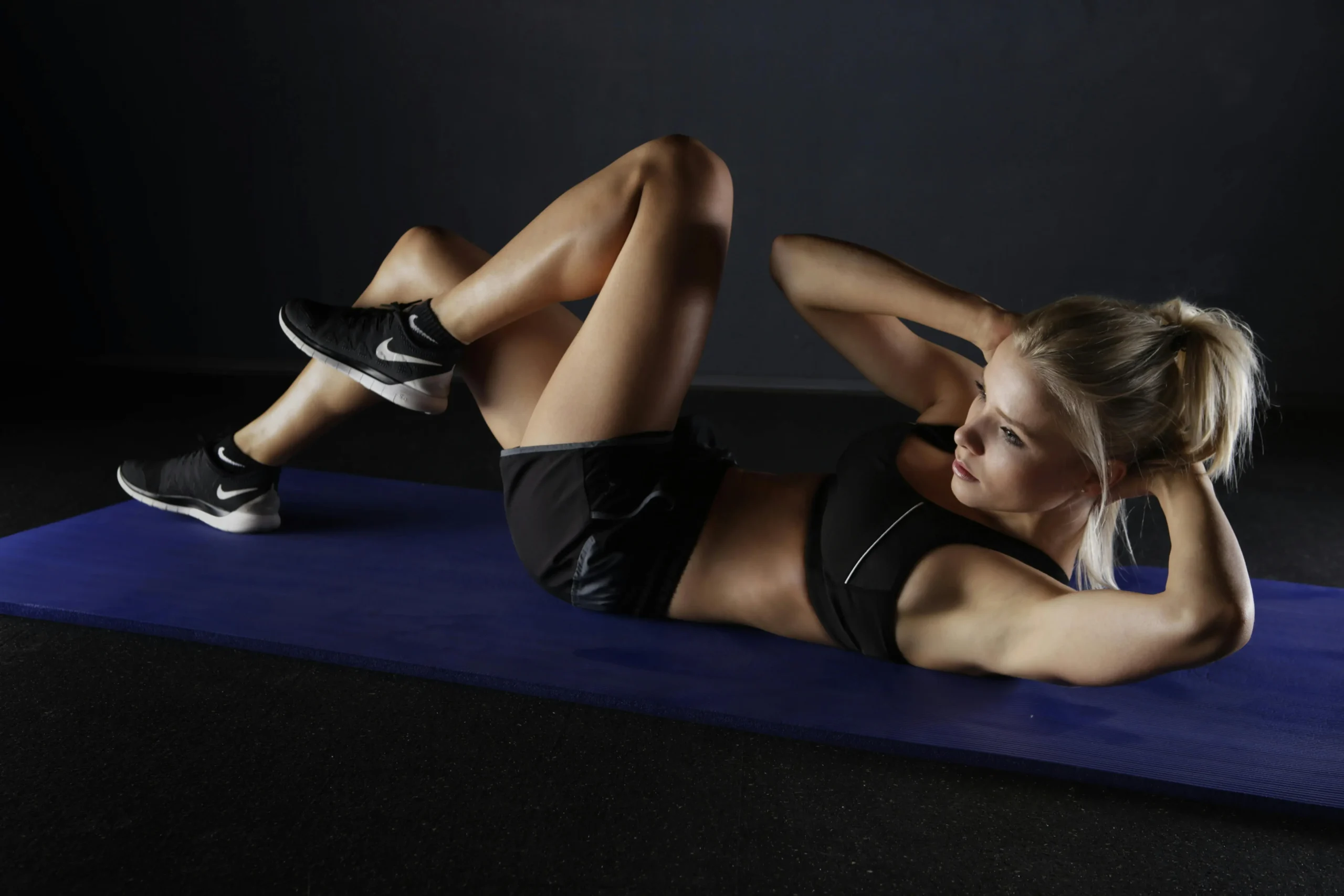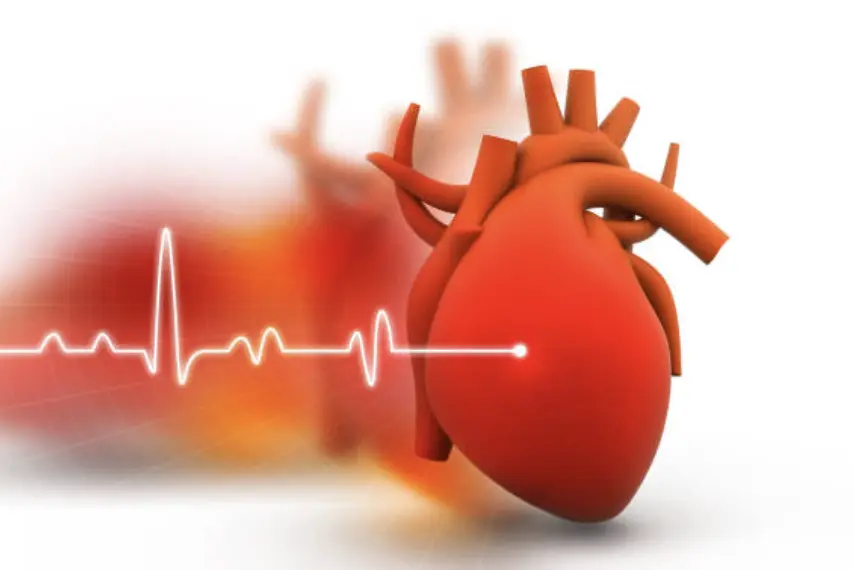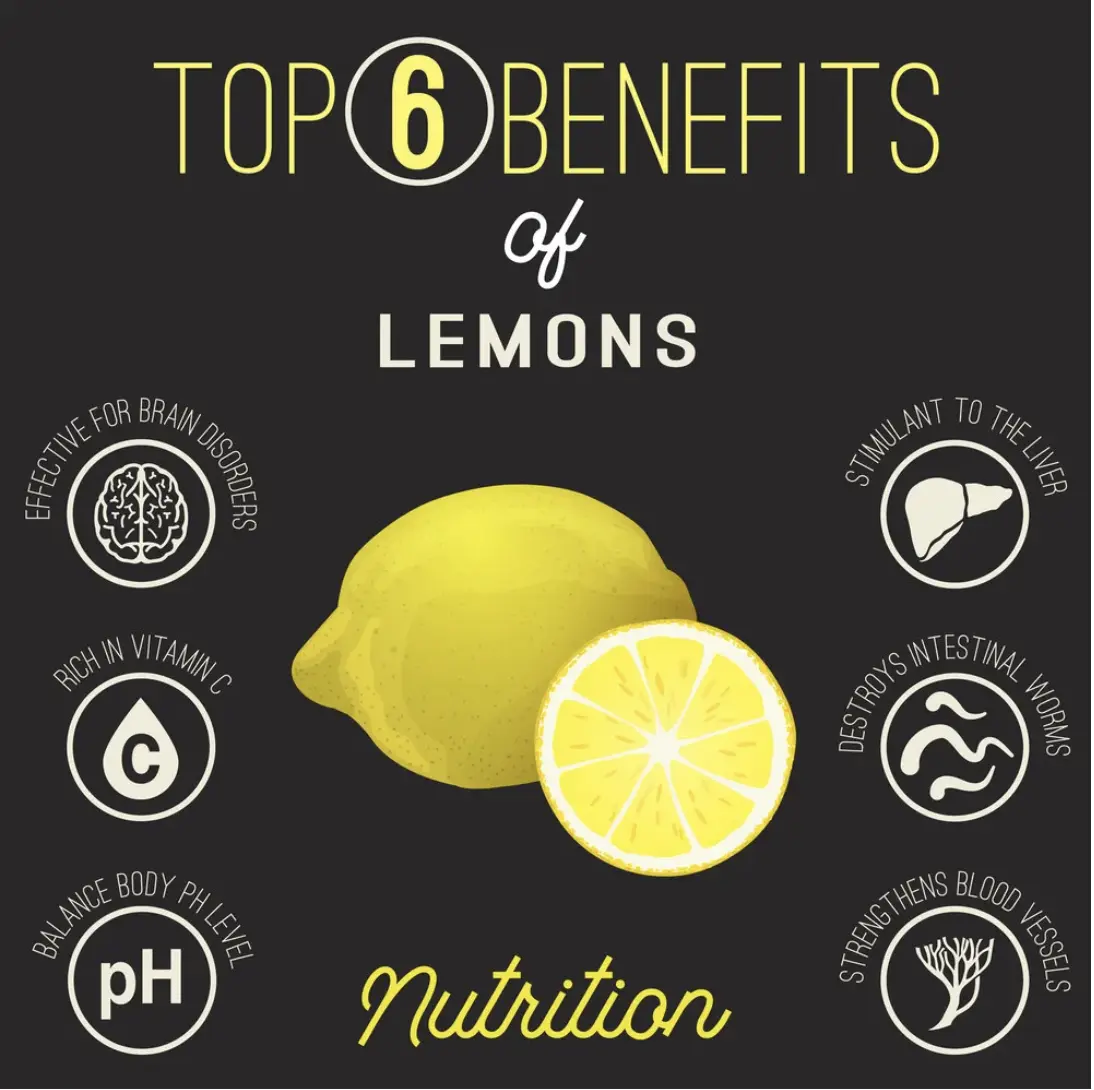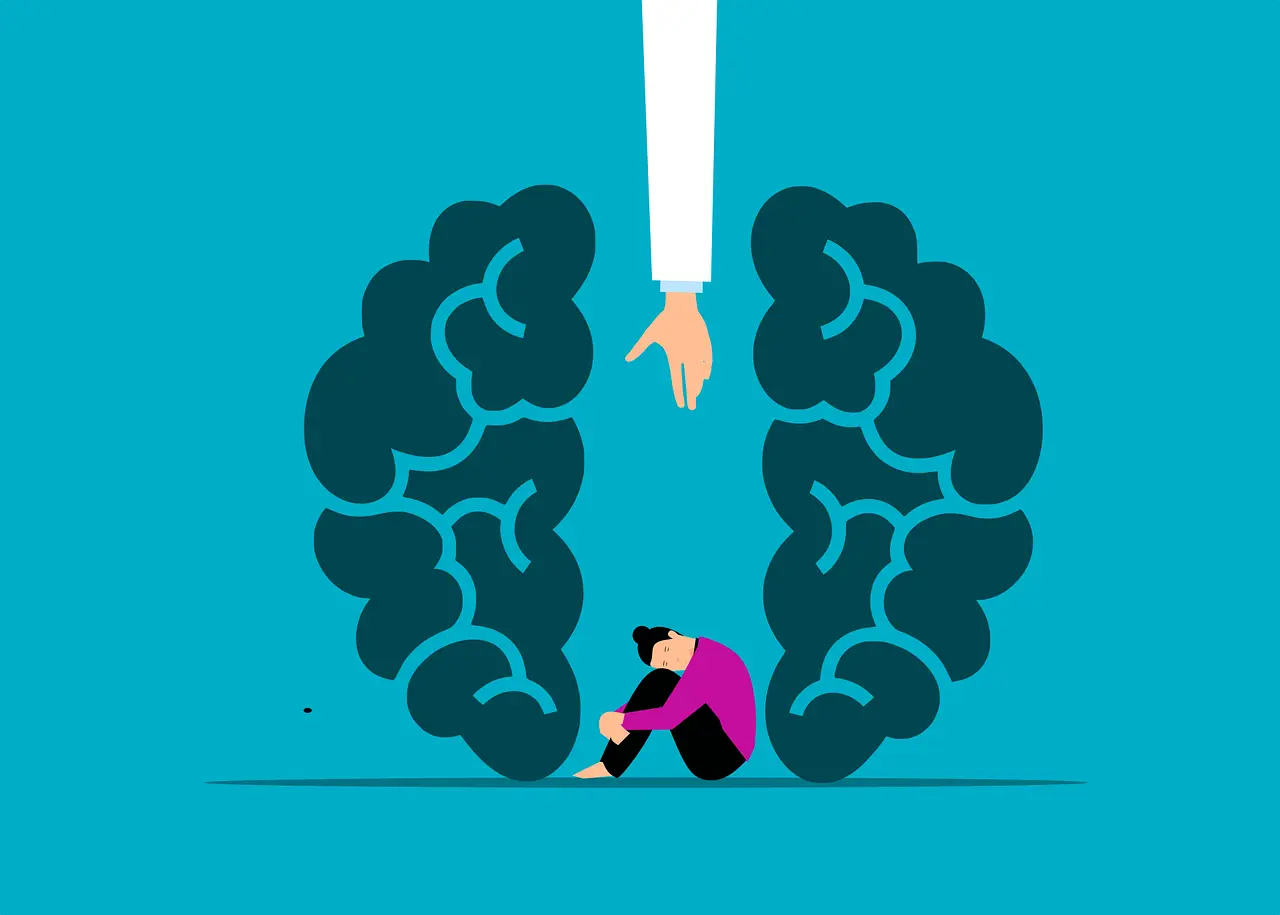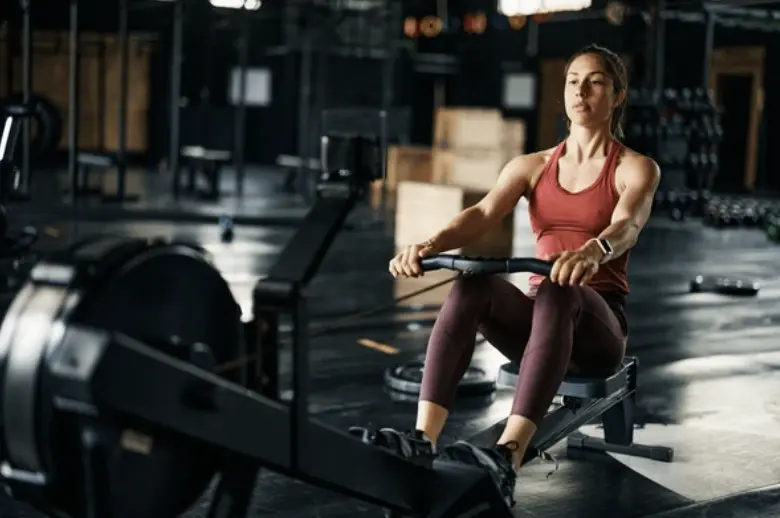7 Powerful Benefits of Muscles Worked on The Rowing Machine
Introduction of Muscles Worked on The Rowing Machine
Maintaining total body fitness is dependent on the muscles worked on the rowing machine. There are 7 benefits of using a rowing machine, including better strength, staying power and health. Keep reading to add spice to your workout!
In recent years, the usage of rowing machines has been on the rise among fitness enthusiasts. At one time, this was almost exclusive to competitive rowers. Still, now it is common in most modern gyms as well as home exercise rooms. What has caused the sudden interest? These machines provide a total body workout engaging more than one muscle group, such as legs, core and upper body; hence, they give several health benefits like improved cardiovascular health, enhanced endurance and muscle tone. Additionally, rowing is a low-impact exercise, which means that it can be done by people at any fitness level, thereby reducing the chances of injuries occurring. In this article, we’ll take a look at the fantastic advantages of doing workouts on a rowing machine for overall body fitness and how best to integrate them into your regular exercise program.
The Mechanics of Rowing
Before we go into the specificities of its advantages, it is essential to know the mechanism behind it. In rowing properly, a precise interplay between the legs, core, and upper body is crucial. You begin with a forceful push off your legs that propels you backward while using the quadriceps and hamstrings. At this point, core muscles engage in maintaining a stable posture so that there is no excess pressure on your lower back. Lastly, you pull firmly with your arms as they target the biceps, triceps and other muscles on the backside of your hands and shoulders. The flow of movement, in this case, is not only like one involved when actually rowing but also gives the whole body an intense workout. Primarily targeted main muscles are quadriceps (quads), hamstrings(hams), gluteus maximus (glutes) ‘s buttocks area on the back side of the upper part of legs; lateral deltoids (on the front side) ‘s shoulders; trapezius (traps) ‘s beside neck areas; Rhomboids (rhombs) ‘s middle region/between spine scapulae’s vertebral column bones at the top part of shoulders/upper back; Pectoralis central or pecs) around breastbone/chest and extending from here to armpits; teres major’s near shoulder joint, which is connected to latissimus dorsi through axilla where it extends down up until inguinal ligaments’ edge and finally, infraspinatus’s located under supraspinatus muscle found above what lies just below spine scapulae. Additionally, when considering cardiovascular endurance, rowing enhances overall stamina, hence making it a useful activity for strength and conditioning purposes as well.
Benefits of Rowing for Total Body Fitness
Cardiovascular Health
Rowing is an extraordinary cardiovascular exercise that highly favours heart and lung health. According to the American College of Sports Medicine, consistent rowing sessions actuate a significant improvement in cardiorespiratory endurance, decrease blood pressure and increase circulation. This is mainly because rowing combines both aerobic and anaerobic exercises, thereby making the cardiovascular system more efficient and more robust. A study published in the Journal of Strength and Conditioning Research showed participants who incorporated rowing into their training registered significant improvements in VO2 max, which is a critical measure for cardiovascular fitness over 12 weeks. These amendments help reduce the chances of having heart disease as well as provide general good health.
Muscle Toning
Amongst its many benefits, one notable one is muscle toning throughout the body due to rowing. Rowing machines cater to almost every major group of muscles, starting with those found on the upper part and moving all the way down to the lower part, thus making them helpful in gaining lean muscles. The repetitive pulling motions isolate various back, shoulder, and arm muscles, while the strong leg drive targets different parts of the quads, hams and glutes. As a result, it ensures that they are toned up better compared to other forms of exercise. For individuals keen on increasing muscle tone, adding complementary strength training exercises to rowing enhances muscular development even more than if it had been done alone- also because it makes it possible for one to tune up their entire body shape through an even distribution of fat cells around limbs.
Weight Loss
Rowing is an incredibly effective activity when trying to lose weight or improve overall fitness since it burns lots of calories within minimal periods. Depending on intensity level and body weight, this can reach up to 600 calories per hour during high-intensity workouts. Rowing engages both the cardiorespiratory system as well as external muscles, hence promoting metabolism that leads to fat burning. One woman profiled by the Mayo Clinic lost thirty pounds after six months via regular rowing workouts and having a balanced diet. This illustrates how efficient rowing can be in a holistic weight loss program.
Low Impact, High Intensity
For those with joint issues or recovering from injuries, rowing is considered a low-impact exercise. Unlike running or jumping, which are high-impact activities that may result in injuries, rowing is gentler on the body but still provides an intense workout. This unique combination allows people of all fitness levels to benefit from rowing, irrespective of whether they are starting or looking for gentle exercises. Moreover, it is possible to include rowing in high-intensity interval training (HIIT) programs where one can get both endurance and strength benefits without hurting their joints too much. Any person’s workout schedule will only be complete if it incorporates some hours of exercise through swimming.
Highly Versatile
This makes it easier to incorporate regular bouts of rigorous exercise into your daily life the same way you would have used the services of a personal trainer. The machine offers a total body workout because it engages each group of muscles, including chest muscles and deltoids, making it highly versatile. Rowers provides one with static stretching before and after use so that there is no need to worry about overdoing some movements while exercising. Additionally, many types of intensive training can be done on this machine that will not necessarily force you to exhaust yourself physically, such as doing pulls followed by presses, lateral rows with squats, or even bent-over rows using deadlifts.
Posture and Core Strength Improved
A good posture is essential for the overall health of any individual. A person’s well-being is determined by their core strength in most cases. Rowing machines can help improve people’s posture when used regularly on a daily basis. It should be known that rowing strengthens the upper back as well as shoulder muscles, which are often weak in people who sit for long hours. The lower back and the Toronto area are examples of the parts of the body that always get involved when one is undertaking rowing exercises, hence helping to strengthen them and prevent backaches. A rower also shared his experience on a blog, making it clear that continuous use of this kind of machine has helped him reduce chronic back pain and improved his posture significantly. One conclusion we can draw from this point is that it could be a suitable alternative for people suffering from postural-related problems.
Mental Health Benefits
Physical exercises like rowing have been found to have a positive impact on mental health. The release of endorphins through such activities reduces stress levels, eliminates anxiety issues as well as leads to generally enhanced moods. Moreover, rhythmic motion, repetition and constant flow are experienced. At the same time, one row can lead to some sort of meditation, which brings about relaxation by clearing an individual’s mind, leading to calmness. However, Harvard Health Publishing further suggests that having a mental focus when rowing may improve concentration, thus enhancing cognitive abilities and boosting overall performance apart from good physical condition. Besides, finishing a session where you have completed your target distance will undoubtedly make you feel fantastic about yourself, so it is absolutely beneficial for self-worth-boosting purposes or simply developing positive attitudes towards life itself.
How to Incorporate Rowing into Your Fitness Routine
Rowing can be easily integrated into your fitness routine, either for beginners or experienced rowers, and it can also be fun and rewarding. Rowing offers a total body workout that helps in muscle development, cardiovascular health and general body development. Here are some tips that will help you in getting started and staying motivated:
- Start Slow: Commence with short, moderate-intensity sessions that allow the body to adapt slowly. Concentrate on keeping good form and technique to avoid injury. As your fitness improves, gradually increase the length of time of your workouts as well as its intensity.
- Mix it Up: Combine rowing with other forms of exercise in order to maintain an exciting workout routine and balance. To build muscles, we can use strength training, while yoga enhances flexibility and balance. Cycling is also an excellent way to add variety and more excellent cardiovascular benefits. This will enable you to target different sets of muscles without getting burned out.
- Set Goals: Monitoring progress coupled with setting achievable targets is crucial for maintaining motivation. Improving your rowing skills, speeding incrementally, extending the duration of exercise, or even participating in a rowing competition are examples of clearly stated measurable objectives intended to make you more focused on what you want. Always celebrate milestones achieved while at the same time challenging oneself towards higher heights throughout.
Success Stories
Rowing has altered the fitness stories of a significant number of people. Here is a small sample:
- John’s Journey: A case study from the Journal of Strength and Conditioning Research showed how a group of individuals who employed rowing in their exercise regime as a cardiorespiratory fitness component had significant improvement in muscular endurance over 12 weeks (study, inserted). Additionally, they experienced increased energy levels and had better performances than before. This also emphasizes the holistic benefits of rowing as part of wellness management.
- Sarah’s Transformation: After six months of regular rowing exercises and proper nutrition, Sarah, a 35-year-old mother of two, shed thirty pounds (inserted). Her energy and confidence are a result of her pride in going rowing. Sarah’s journey illustrates that when one uses their mind right, everything else will follow suit (mindset) since it shows not only the physical but also the psychological transformation that comes with rowing. Setting realistic targets at each stage and adhering to them gave Sarah an opportunity to improve her life together with her family.
- Mike’s Back Pain Relief: Mike, who works at an office as a junior clerk aged 42 years, used to suffer back pains until he began using the rower machine at home, which lessened his pains to some extent (inserted). Not only has he been able to enjoy luxurious, painless time throughout his days, but he also enjoys strong abs. Mike’s success offers evidence concerning the power of physical therapy through low-impact full-body workouts such as those provided by indoor machines designed for this purpose while enhancing your core muscles responsible for spine stability. This new posture enables him to engage in activities he could not participate in because he was uncomfortable before.
- Emma’s HIIT Success: During Emma’s practice regimen as a competitor in crew races, she integrated high-intensity interval training, abbreviated as HIIT, on a water machine (study, inserted). Improved stamina demonstrated by Emma indicates the effectiveness of high-intensity interval training in addition to making people feel better. Emma was able to use her rowing skills to reach her potential and perform at the best possible level through HIIT. She could explore the world of athletes as she broke the boundaries between abilities and the versatility that comes with this sport – from an amateur (beginner) up to an elite level.
Conclusion
The cure to all your fitness needs is rowing. Beyond improved cardiovascular health, rowing can also enhance muscle definition, cut back on body fat and improve mental status. Consistent rowing helps boost the stamina of one’s body, increasing the flexibility of joints and enhancing metabolism. The sport should be considered when planning one’s workouts for mind-blowing results. Possibly think about purchasing a rower for your home gym or signing up for a class at the local fitness center. However, it is too good to be true that its merits outweigh its demerits, and I swoop it when my muscles are sore too. Thus, while you row, life seems like it has taken a break from you, so it becomes more holistic rather than merely working out.
FAQs
How often should I use the rowing machine to see results?
To achieve visible outcomes, it is recommended that you row no less than 3-4 times a week, for 20-30 minutes each time. However, it is good to maintain regular exercise, so plan your time for working out and follow its timetable.
Can beginners use a rowing machine?
Yes, rowing machines can accommodate all fitness levels. First-timers should begin with brief sessions at low intensity to learn proper techniques and form. As people get used to exercise, they need to increase their difficulty level as well as the duration of their workout.
What are the common mistakes to avoid when rowing?
Typical errors include stooping back, bending too much with arms, or not using your legs right. Instead, concentrate on keeping your body straight up from your leg drive through an unbroken fluid motion.
Is rowing good for weight loss?
Definitely! Rowing is a great way to burn calories, hence helping with weight loss. An intense session may burn up to 600 calories per hour depending on factors such as the person’s mass and speed of operation.
Do I need any special equipment or clothing for rowing?
No more extra accessories are required apart from having a rower itself. What you need is something comfortable that will not snag on it while in action, like tight-fitting sportswear, would do better. You might also want gloves if you do not wish blisters to appear.
Can rowing help with joint pain?
Joint pain or arthritis sufferers suffer from this because it is an impact-free activity that allows them to participate actively. This means that it provides all the advantages of training but without subjecting vulnerable areas connected with joints to excessive pressures manifested in high-impact activities such as running.
Should I incorporate other exercises into my rowing routine?
Of course, integrating several forms of exercise like strength workouts, yoga, or cycling with rowing can be an excellent fitness plan. Cross-training avoids fatigue problems and makes workouts different and exciting.

